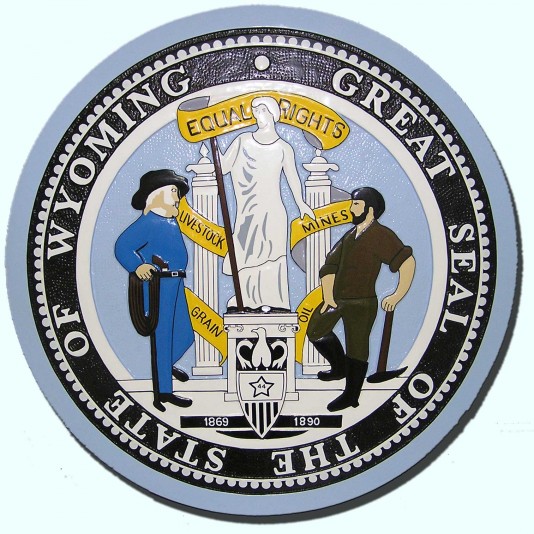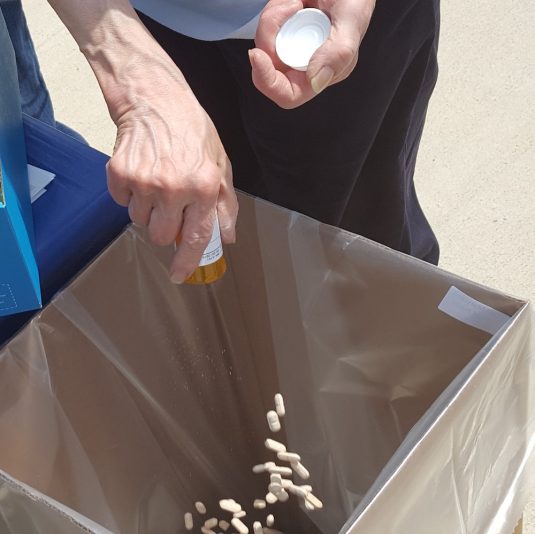Task Force Examines Wildlife Corridors
Written by Andrew-Rossi on October 26, 2018
A new initiative aims to reduce wildlife-vehicle collisions and improve big game migration.
The Wyoming Wildlife and Roadway Initiative Team is a multi-agency team formed last year, driven by the Wyoming Game and Fish Department and the Wyoming Department of Transportation, and includes Wyoming Bureau of Land Management, The Nature Conservancy, Wyoming Wildlife Federation and Wyoming Migration Initiative. They were tasked with finding innovative ways to implement and fund projects that reduce wildlife-vehicle collisions, increase motorist safety and maintain or re-establish disconnected wildlife migration routes.
A listing of the most critical road projects to reduce wildlife-vehicle collisions and improve big game migration was released recently. One of the projects involves an 18 mile stretch of highway 120 north of Meeteetse, which will help reduce the impacts on elk, mule deer and pronghorn. There will be a total of 21 miles of Highway 14A between Cody and Powell that is meant to address issues with mule deer, as will a 16 mile segment of Highways 20 and 789 between Greybull and Basin. An eleven mile stretch from Wapiti to Trout Creek on Highway 14-16-20 will benefit elk and deer. There are upwards of 240 potential projects in all.
To help support wildlife and roadway initiatives the public can plan to purchase the new wildlife conservation license plate when registering their vehicles, available Jan. 2, 2019. Proceeds from sales and donations will help fund overpasses, underpasses, fencing and signage to prevent vehicle/animal collisions along wildlife migration corridors.

